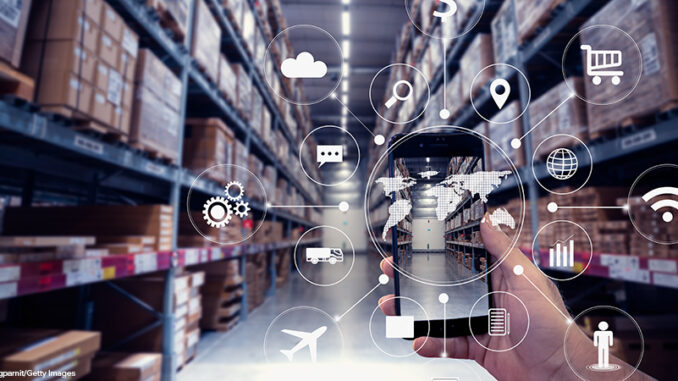
By now, you are hopefully adjusting to the “new normal” of self-isolation and social distancing. But what effect are all of these closed-down restaurants, bars, fitness centers, schools, and more having on the economy? Experts agree that we will probably face a significant recession (or even a depression) as a result of these widespread closures. But what they disagree about is how soon we can–and should–get the economy back up and running without risking the health and safety of the American people. Here, btw takes a closer look at this critical dilemma.
The Case to Reopen
Some economists, business leaders, and conservatives have expressed concern that, while the coronavirus pandemic is bad, the way we are responding to it might be worse. They argue that long after the disease has run its course, the country will face an unprecedented and devastating economic slowdown. And they’re not wrong; experts estimate that millions of Americans will likely lose their jobs as a result of this crisis.
Last week at a press conference, President Trump suggested that he would soon be lifting social distancing guidelines and asking everyone to return to work. His plan was to use a “phased system” to return the country back to normal, by having younger people go back to work first and then allowing older people to return more gradually. Another potential plan took geography into consideration, allowing governors in states with lower infection rates to determine when their residents would return to work.
Originally, national social distancing guidelines were put into place on March 16 and set to expire on March 31. However, on March 29, Trump backtracked and announced that the nation would be extending these guidelines until at least April 30. At a press conference last weekend, the president said that it will likely be two weeks before the U.S. hits the peak of the outbreak and that hopefully, things can be on their way back to normal by June 1.
The Case to Stay Closed
According to most public health experts, returning life to normal anytime soon would be unwise. There are a number of reasons why the COVID-19 coronavirus is different from other diseases. One is that it’s relatively easy to transmit. The virus is transferred from one person to another through droplets, such as those that occur when a person sneezes, coughs, or even speaks. You can also catch it by touching a surface that has been touched by an infected person, and then touching your face, eyes, or mouth. All of this means that one person with the virus can easily contaminate many more in a matter of minutes.
Add to this the fact that the incubation period for coronavirus is long–about fourteen days after exposure, compared to just a day or two for a cold or flu. That means that if you are infected, it can take up to two weeks for you to show any signs of the illness and to be aware that you have been infected. During that time, if you are moving around, shopping, and interacting with people normally, you could potentially infect everyone you come into contact with, while still feeling fine. This means that the disease is exceptionally hard to manage because authorities can’t just instruct people to stay home if they feel sick; virtually anyone could feel perfectly healthy for a time and yet still be a carrier.
As of right now, only China and South Korea have begun to see their rate of infection subside, and they are eight to ten weeks into the crisis (well before the United States began to take action. This may give our national leaders and health officials a sense of how long it will be before we can safely return to “normal.”
Other health care experts have indicated that the country can begin to return to normal once five key conditions are met:
- infection numbers are decreasing;
- widespread testing is established;
- doctors and nurses have masks and full protective equipment;
- hospitals are well prepared; and
- the public health system can begin identifying infected individuals and tracing their contacts.
